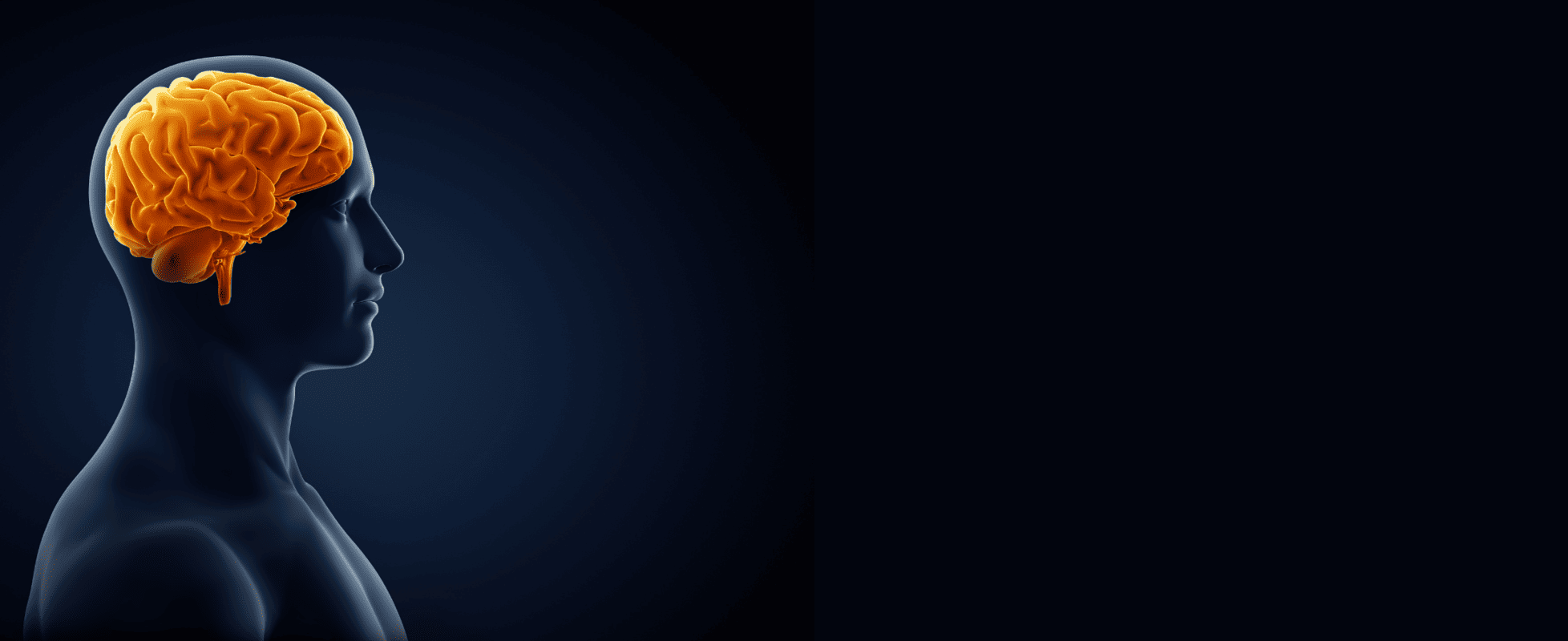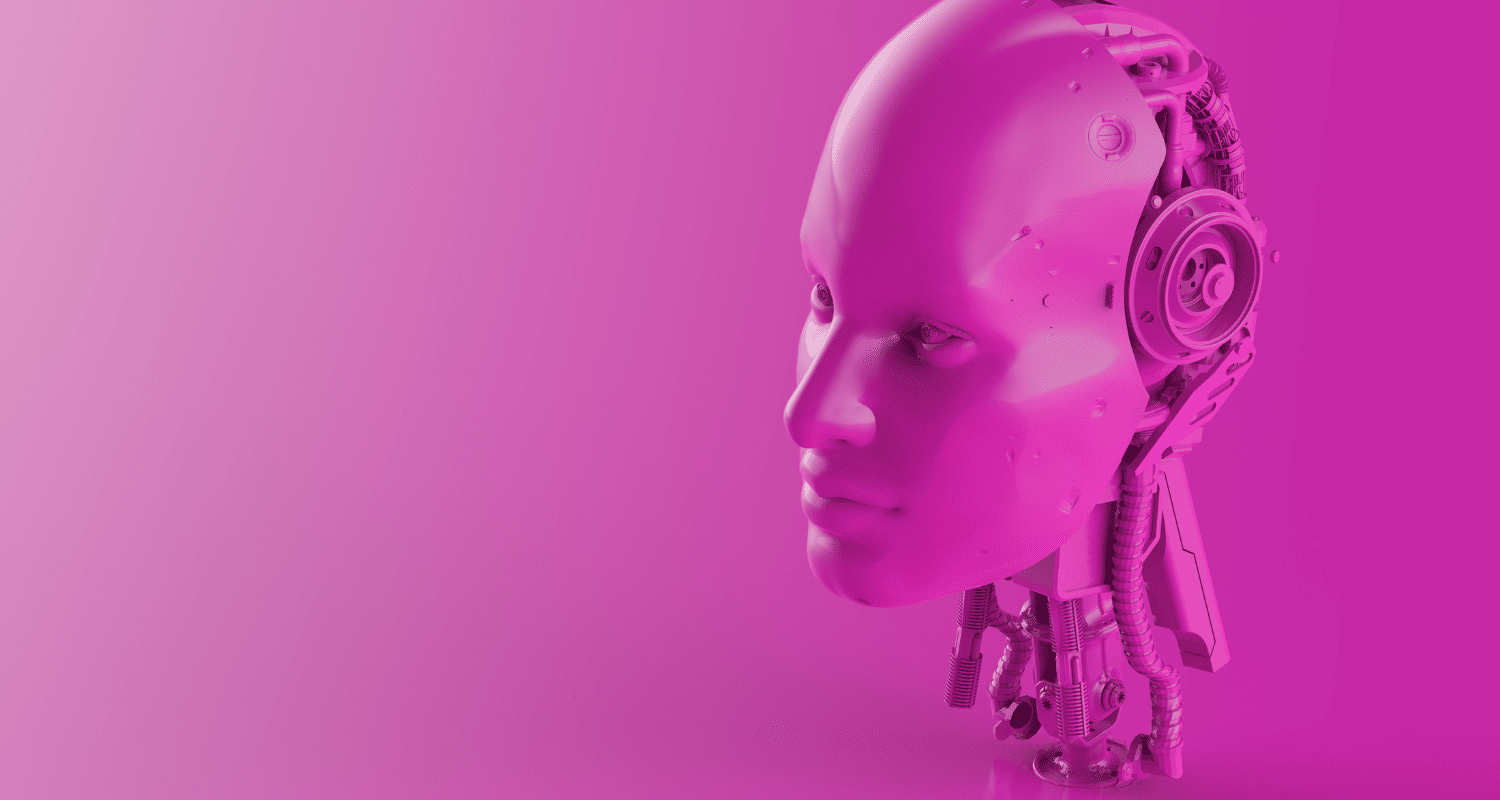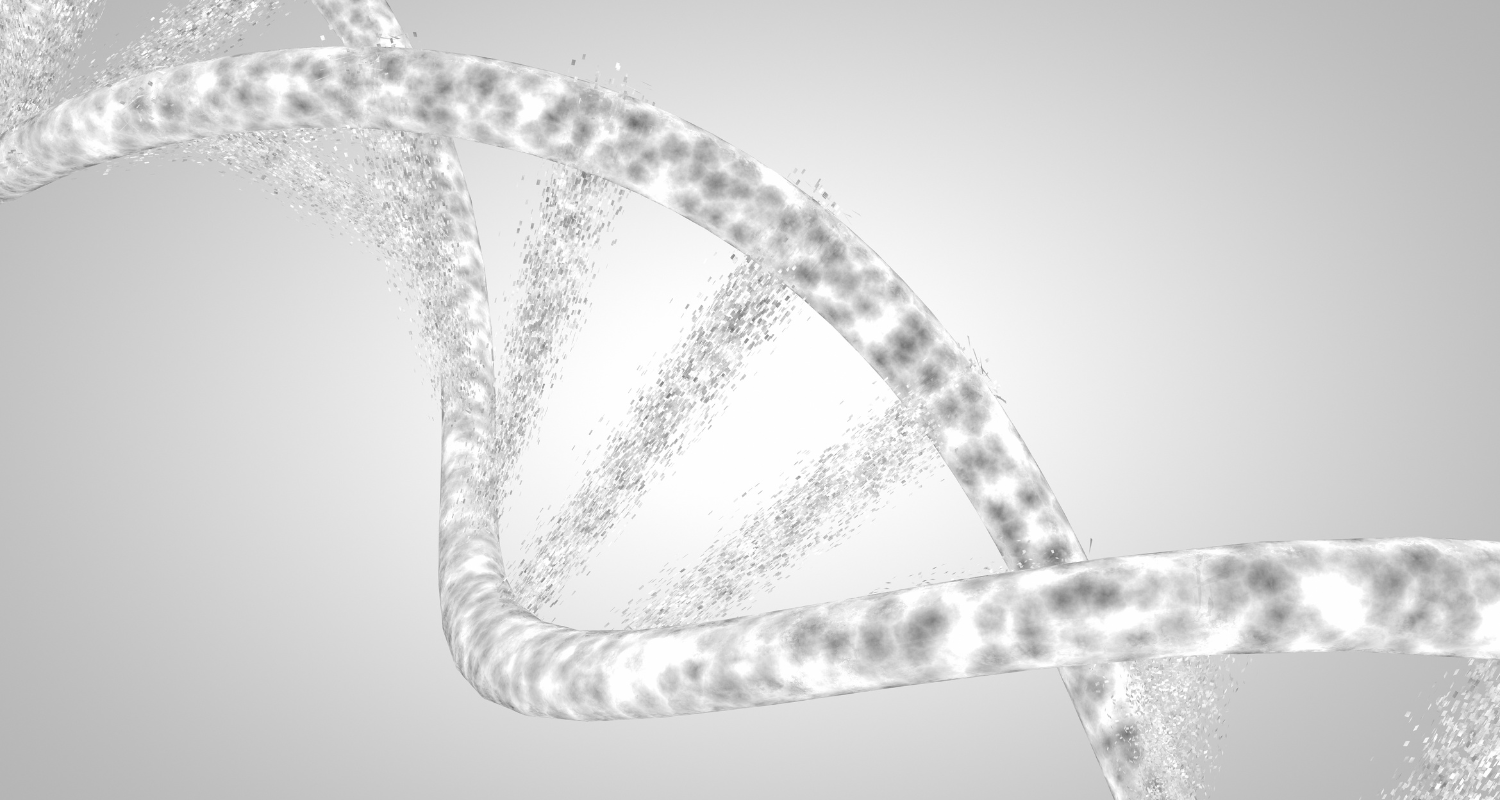RPM is a game-changing approach to healthcare that revolutionizes patient outcomes and accessibility. Visible trends in remote patient monitoring suggest that modern hospitals will use technology to track and manage a patient’s condition remotely more and more often. As Vision Research Reports suggests, it is projected to escalate from $1.51 billion in 2022 to $5.7 billion in 2027, reflecting a CAGR of 20.1%.
At Empeek, we have developed a cutting-edge medical IoT platform that facilitates non-invasive monitoring of vital signs and various physiological parameters. The platform found applications in hospitals, nursing homes, and even among athletes and older adults. Based on this expertise, we can share experiences of real challenges during such development processes.
In this article, we’ll dive deeper into the innovations in remote patient monitoring. We’ll also mention some challenges of RPM that require a closer look.
4 Remote Patient Monitoring Trends
RPM systems can now seamlessly integrate into existing healthcare technologies, ensuring ease of adoption for healthcare providers. These tools offer tailored patient monitoring, leveraging AI-driven devices to gather health data in real-time. Additionally, advancements in cybersecurity, patient engagement, and mobile-enabled RPM contribute to the ongoing enhancement of patient outcomes, reduced readmissions, and more efficient healthcare management.
In the second half of 2023, we may see more trends for remote patient monitoring that make life for physicians and patients much easier. Below, we look at the main RPM market trends worth paying attention to this year.
Wearables and Connected Devices
Wearable devices (or simply wearables) are becoming integral to remote patient monitoring. Such familiar smartwatches and fitness trackers now take on a deeper medical context. A hallmark of 2023 is the increasing use of wearable technology in RPM systems. By 2025, approximately 70.6 million patients in the United States, constituting 26.2% of the population, are predicted to embrace RPM tools according to Insider Intelligence’s assessment.
Today, technological advances eliminate the need for regular face-to-face patient visits. Integrating wearables into RPM enables real-time health tracking. It also provides a thorough analysis of changes in health indicators over time. Thus, remote monitoring technology turns wearables into virtual allies for doctors and patients.
Since the trends in the use of remote patient monitoring clearly indicate on the wide adoption of wearable devices, let’s have a look at the ways of data transferring between the wearables and health providers.
Wireless connection
Wearable devices (e.g., TME Bluetooth-enabled thermometers) use advanced wireless communication technologies to transmit collected data. These include Bluetooth, Wi-Fi, or cellular networks.
Transceivers
Some wearables, such as forearm sensors (e.g., Atlas Multi-Trainer 3 by Atlas Wearables), use specialized transceivers to send patient status information to medical personnel.
Digital tools
RPM devices use tools, such as sensors and wearables (e.g., BioButton by BioIntelliSense), to collect real-time data. And to process the data, there is a need for compliant software, like mobile or web apps, as well as cloud architecture.
Patch-based hybrid networks
Modern wearable bracelets or patches attached to the patient’s body use hybrid OCC/BLE (Optical Communication Channels/Bluetooth Low Energy) networks to send data to medical personnel (e.g., Cala kIQ wearable device for people with Parkinson’s disease).
Integration of Artificial Intelligence and Machine Learning
Integrating artificial intelligence (AI) and machine learning (ML) is key to RPM development. This latest healthcare technology provides physicians with opportunities to improve the quality of care. Currently, there are two ways of doing this:
- Predictive analytics: AI algorithms allow to identify hidden patterns and trends in patient health data. Thus, physicians can predict potential health issues and take proactive steps. For example, AI can anticipate the possibility of an imminent cardiac event by analyzing fluctuations in heart rate variability. This allows physicians to take proactive measures, effectively mitigating the severity of potential health issues or even averting them entirely.
- Personalized care: AI and ML help tailor treatment plans to each patient’s individual needs. Thus, AI algorithms can merge patient data, medical records, and pertinent research to offer clinicians well-founded suggestions for diagnoses, treatment strategies, and medication doses. Meanwhile, ML models can scrutinize extensive data sets to pinpoint effective treatment methods, accounting for variables like genetic characteristics, medical background, and lifestyle preferences. This, in turn, contributes to treatment effectiveness and patient satisfaction.
Benefits and potential applications of AI in remote medical monitoring:
| Improved Patient Outcomes |
| With AI and ML, healthcare providers can improve care and patient outcomes. According to NoCode.ai, some of the most promising use cases include personalized care, telehealth services, and predictive analytics. Data analyzed by artificial intelligence can be critical for timely intervention to prevent complications. |
| Reducing Costs and Optimizing Care |
| AI can navigate remote patient monitoring using wearable devices and sensors. This reduces costs through better patient management and treatment plan optimization. Also, as indicated by independent researchers Tiwari A. and Dubey A., the industry requires AI algorithms capable of not only enhancing device performance but also effectively categorizing patients. This integration is the key to achieving cost reduction. |
| Real-Time Data and Improved Data Processing Efficiency |
| Wearable devices and AI provide medical staff with real-time data on a patient’s vital signs, such as heart rate and blood pressure. This allows them to instantly react to changes in the patient’s condition and take appropriate action. E.g., artificial intelligence techniques exhibit the ability to oversee essential patient indicators, including heart rate, breathing rate, oxygen saturation (SpO2), cough patterns, and beyond. At the same time, AI can process and interpret thousands of data points to provide a more accurate picture of a patient’s health status. |
AI and ML provide tools for RPM and early detection of health issues. With advanced data and predictive analytics, and personalized care, hospitals can improve patient outcomes and provide more efficient experiences. Yet, there is a need to ensure security and data privacy when using AI in medicine. It requires time, but we’re on the right way.
Increased Focus on Security and Privacy
Attention to security and privacy issues in RPM has become vital for trust and patient advocacy in 2023. Despite the encryption and anonymization of transmitted data, there is always the possibility that this information could be compromised or used for unauthorized purposes. Patients must understand how their health information is handled, transmitted, and protected.
Also, organizations use preventative measures to ensure that patients’ confidential data is safe. These include data encryption, strong user authentication, and strict cybersecurity controls. Compliance with applicable privacy laws has become crucial for the reliable operation of RPM and telemedicine.
A comprehensive approach to security and privacy in remote patient monitoring, including risk assessment, provides enhanced protection of health data and builds trust with patients and healthcare providers.
Expanding Applications of Remote Patient Monitoring in Diverse Healthcare Areas
RPM has previously been used to control chronic diseases such as diabetes and hypertension. The most recent RPM trends in healthcare shows a wider usage in maternity care to track fetal heart rate and contractions during pregnancy.
Wearable devices also improve post-surgery care and care for the elderly by monitoring vital signs and moves to reduce falls. Thus, wearables outfitted with accelerometers and gyroscopes can identify sudden shifts in motion patterns, notifying caregivers or emergency responders. This swift response aids in mitigating potential outcomes and diminishing associated risks.
RPMs are now used even to check mental health. Patients with anxiety or depressive disorders have healthcare access to specialists online and can track their condition. According to the studies, different technologies can be employed for mood and anxiety disorders: e.g., smartphones (66.3%), wristbands or smartwatches (22.8%), and holters (6.5%).
Challenges of Remote Patient Monitoring
As we break free from traditional clinic walls, a new set of challenges unfolds. Delving into virtual health, hospitals must navigate technological intricacies, safeguard patient data, and ensure seamless integration into existing systems. Moreover, maintaining the human touch in a remote setting demands creative solutions.
In this intricate dance between innovations in remote patient monitoring and empathy, we find new RPM challenges in our way.
Technical Challenges and Interoperability Issues
The main issue in RPM is the maze of data integration and standardization. With different electronic health record (EHR) exchange systems, clinical and claims data in different formats, and integration standards, achieving full interoperability becomes daunting.
The solution lies in creating a cohesive infrastructure that integrates disparate data sources. This also must ensure the seamless transfer of patient information.
Device compatibility adds another layer of complexity to RPM implementation. In global healthcare, many systems are operating across many networks. Implementing remote monitoring into this fragile ecosystem requires careful planning to avoid data corruption and ensure harmonious interoperability.
The answer is bridging the gaps between systems to complement existing RPM systems.
Connectivity is becoming a challenge as RPM involves many stakeholders in patient care. Privacy and cybersecurity become paramount to protect sensitive data from unauthorized access or breaches in this case. With robust security measures, RPM can protect patients and providers, creating a safe environment for remote monitoring.
Data Security and Privacy Concerns
The rapid growth of remote patient monitoring brings critical data security and privacy concerns. Encryption and anonymization do offer some protection. Still, patients worry about potential breaches and misuse of their health information.
- Overcoming technical challenges, like data integration and device compatibility, remains pivotal for seamless interoperability. While employing top-tier sensors is crucial, the willingness to use the devices and share data is vital for RPM’s success. Altering patient perspectives, especially among the elderly who are accustomed to in-person consultations, presents a significant challenge. Strict patient compliance is needed to reassure users that their data will be safe.
- Ethical considerations come to the forefront, emphasizing patient autonomy and informed consent. Patients must be fully aware of data usage and protection.
Patient Engagement and Technology Adoption
Patient engagement and technology adoption pose significant challenges in remote patient monitoring.
- Usability and Uptake: The ease of use and willingness of patients to engage with healthcare technology remain crucial concerns. Patients need to embrace device usage and data sharing, along with comprehending the received information.
- Technical Hurdles: Overcoming technical obstacles like integrating and standardizing data, device compatibility, and connectivity issues stands as a major barrier to achieving interoperability. The complexity lies in managing vast telemetry data, regulations, privacy concerns, and integration complexities.
- Data Precision: Ensuring data accuracy is a multifaceted challenge in RPM adoption, influenced by both patient and healthcare provider perceptions. Patients may doubt the precision of data collected by remote patient monitoring devices, while healthcare providers might be hesitant to rely on such data.
- Patient Adherence: Maintaining patient adherence is another hurdle in remote patient monitoring. Patients’ willingness to embrace device usage and share data, as well as their ability to easily navigate and comprehend the received data, are essential factors.
By focusing on user-friendly interfaces, transparent communication, and security measures, we can overcome these obstacles. That’s also the way to unlock RPM’s potential to improve patient outcomes, reduce costs, and develop a more patient-centered approach to monitoring.
Provider Workload and Resource Requirements
The challenges in provider workload and resource requirements in RPM can impact its implementation. Data integration, device compatibility, and connectivity challenges pose significant barriers to interoperability. Here, ensuring privacy and cybersecurity measures is vital to protect sensitive data.
Additionally, the loss of connectivity to remote monitors presents a major issue of inequalities. It requires timely troubleshooting and addressing service issues in rural areas. At the same time, data accuracy remains a complex challenge, influenced by patient and provider perceptions. The bad news is that it can potentially affect trust in RPM data.
In the midst of this, doctors could potentially face an inundation of continuously incoming extensive data. Dealing with raw or unclear data can pose challenges, particularly when physicians are remotely overseeing numerous patients alongside their regular in-person consultations.
Reimbursement Policies and Financial Considerations
The evolution of remote patient monitoring calls for a fundamental shift in reimbursement policies, securing the financial viability of healthcare providers and fostering widespread adoption. RPM offers cost reduction potential by curbing readmissions and unnecessary hospitalizations. Still, the initial implementation cost can be a deterrent.
At the same time, the existing reimbursement regulations lack sufficient organization to fully endorse patient self-recording and transmission of essential indicators and physiological data to RPM solution providers. Consequently, a portion of the service costs is shifted onto the patients, which contributes to patient hesitancy in engaging with such services.
Reimbursement policies must be updated to align with RPM’s value in enhancing patient outcomes and reducing healthcare expenses. Embracing technical challenges will further enhance its efficiency.
Patient engagement remains a linchpin for success, necessitating user-friendly devices and a comprehensive understanding of the data they receive. Simultaneously, the Centers for Medicare and Medicaid Services (CMS) need to continue their support of telehealth and RPM services. Thus, healthcare providers will be able to manage and analyze the influx of RPM data collection.
Certain physicians also indicate that the adoption of RPM technology, along with the associated administrative responsibilities, often involves the hiring of more medical staff, consequently leading to heightened expenses.
The solution to these problems lies in harmonizing reimbursement policies with the dynamic RPM landscape. This will lead to improving patient care and streamlining costs.
Empeek ‘s Experience in Remote Patient Monitoring
Over the years, Empeek’s experts have learned the ins and outs of RPM. Our project portfolio ranges from a medical IoT platform to end-to-end development of a remote cardiac monitoring system with wireless heart monitoring devices.
In our work, we are always looking for the latest trends in remote patient monitoring. We strive to use the latest technologies to ensure the safety and comfort of using our products. For example, in this case study, we developed a custom solution for remote patient monitoring. Previously, our client had been using a third-party service.
Our RPM system improved functionality and cost-effectiveness. It also allowed the client to remotely track a patient’s state and provide medical care when needed. Empeek’s experience in the healthcare industry ensured a successful and timely launch of the custom RPM solution. And this is only the tip of the iceberg.
Conclusion
The benefits of RPM are undeniable. With the potential to reduce healthcare costs through minimized hospital visits, this field is at a whole new level. RPM also empowers patients to engage in health management by fostering a sense of ownership and accountability.
By leveraging cutting-edge technology, RPM gives real-time data and insights to healthcare providers. This, in turn, enables timely interventions and personalized treatment plans.
Yet, challenges in data integration, security, patient compliance, and provider workload must be met with innovative solutions and policy alignment. As healthcare evolves, it is vital to address them to fully unlock RPM’s potential and face the trends in remote patient monitoring.








